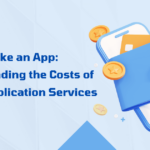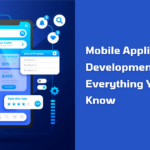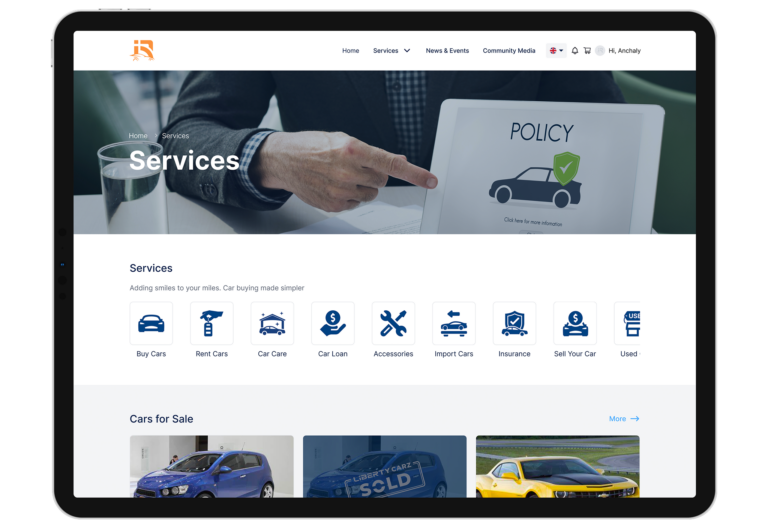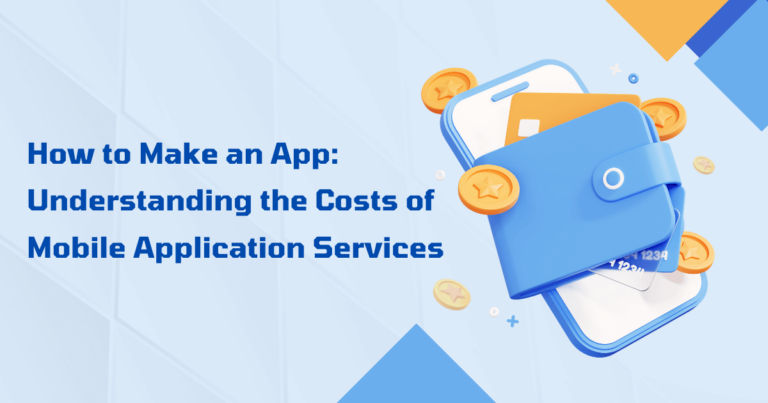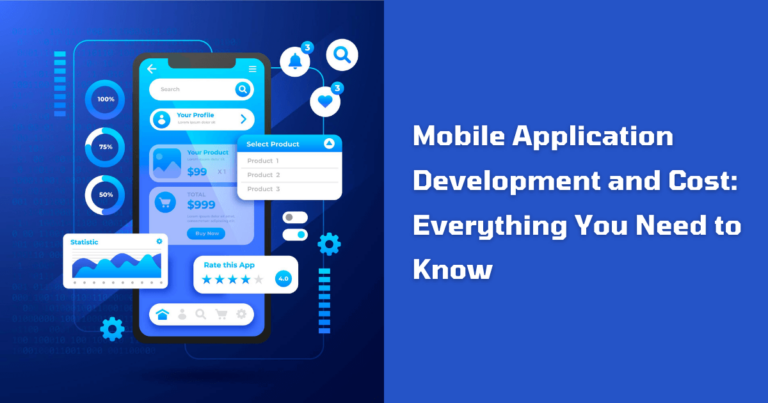Imagine a school where textbooks are replaced by personalized learning pathways, endless paperwork turns to automated workflows, and real-time data guides teachers to help each student reach their full potential. This isn’t a futuristic dream – it’s the reality powered by Liberty Technology – EdTech.
What is the Education Management System?
An education management system (EMS) is a software platform that helps educational institutions manage their administrative, academic, and operational tasks. It’s like a one-stop shop for everything related to running a school or university, from admissions and enrollment to grading and attendance tracking (World Bank, 2017).
There are so many education management systems; which one is perfect for you?
These are some popular EMS vendors on the market today:
Blackbaud
Blackbaud is a leading provider of software, services, and solutions designed specifically for the unique needs of nonprofit organizations, educational institutions, and other social good entities. The company is widely recognized for its innovative technologies that empower organizations to advance their missions, enhance efficiency, and foster positive impact.
Key features
- Manage student information systems, including student demographics, academic records, attendance, enrollment, and grading.
- Learning management system with an online course, assignment tracking, and grading.
- Manage students’ admissions and enrollment reports.
Disadvantages
- Solutions can be relatively expensive, which is not budget-friendly for small organizations or institutions.
- Software complexity can sometimes lead to a steeper learning curve for users.
- Some users have reported challenges with updates and maintenance of the system.
Ellucian
Ellucian is a technology solutions provider that specializes in delivering software and services to higher education institutions. The company focuses on creating solutions that help colleges and universities streamline their operations, enhance student experiences, and support institutional growth.
Key features
- Provides enterprise resource planning solutions tailored for higher education institutions, helping them manage various aspects of their operations.
- Manage student data including enrollment, registration, grades, and academic progress.
- Offers learning management solutions that support course management, content delivery, assessments, and collaboration tools.
Disadvantages
- While Ellucian offers a range of features, some users have reported limitations in terms of customization.
- The responsiveness and effectiveness of support services can vary.
- Limited flexibility in terms of adapting the system to evolving needs.
PowerSchool
PowerSchool is known for its comprehensive features and scalability. It aims to streamline administrative tasks, enhance the learning experience, and foster communication within educational institutions.
Key features
- Efficiently stores and manages student data, including demographics, grades, assignments, attendance, and disciplinary records.
- Teachers can easily record grades, analyze student performance, and provide detailed feedback through various assessment tools.
- Facilitates communication between teachers, students, and parents through messaging platforms, announcements, and online portals.
Disadvantages
- Associated with significant costs, including licensing fees and additional costs for certain modules and features.
- While customizable, the platform may not offer the same level of flexibility as some other EMS solutions, especially for schools with unique needs or workflows.
- Setting up and utilizing all features effectively may require significant training and technical support.
Moodle
Moodle is a popular open-source Learning Management System (LMS) widely used in educational institutions, businesses, and training organizations around the world. It offers a flexible and versatile platform for delivering online and blended learning experiences.
Key features
- Allows educators to create and manage online courses, including adding learning materials, setting up activities, and tracking student progress.
- Supports various content formats like text, images, video, audio, quizzes, and interactive modules, catering to diverse learning styles.
- Provide diverse assessment options like quizzes, essays, peer reviews, and rubrics, allowing for personalized and flexible evaluation.
Disadvantages
- Moodle’s interface might feel less intuitive compared to some commercially available LMSs, requiring user training for effective utilization.
- While core functions exist, moodle lacks of built-in reporting and analytics capabilities.
- Setting up and configuring its features can be time-consuming, especially for the first time.
Jenzabar
Jenzabar is a prominent player in the world of Higher Education Management Systems, offering a unified platform designed to address the diverse needs of educational institutions.
Key features
- Centralize student data in a single source.
- Automate tasks like admissions, registration, financial aid, and reporting, thus saving time and resources.
- Foster communication and collaboration with students through online portals, mobile apps, and personalized outreach tools.
Disadvantages
- The cost structure can vary depending on the size of the university, the number of modules needed, and the implementation and support requirements.
- The user interface design might not be as modern as other systems in the market.
- Might face scalability issues, particularly in larger institutions.
Liberty Technology aspires to contribute to Cambodian education with EMS software.
Liberty Technology is currently the distributor of DOTB EMS products in the Cambodian market. DOTB EMS training center management software is software designed to enhance management by automating many tasks, minimizing manual work, and optimizing workflow.
Features of DotB EMS training center management software include:
- Manage student information: We focus on collecting, storing, and managing all the relevant information about your students electronically. This includes a variety of information, such as demographics, contact details, and family backgrounds.
- Manage curriculums and courses: Using our platform, teachers can efficiently and effectively manage their courses and the educational materials they provide to their students, thus increasing productivity and efficiency at work.
- Automate the student enrollment and placement process: educational institutions can streamline operations, reduce errors, enhance communication, and ultimately create a more efficient and student-friendly enrollment experience.
- Manage teaching plans: Teachers can conduct online quizzes and tests, automate grading processes and provide detailed feedback to students via our platform.
- Manage educational affairs and assign access rights by department: this involves establishing a structured system that ensures appropriate access levels for staff members based on their roles and responsibilities within the institution.
- Announcements and Notifications: Teachers and staff can share important updates, homework, assignments, and event reminders instantly.
- Student performance management: Teachers can track student performance, attendance, and engagement with real-time dashboards. This will help identify areas of strength and weakness for individual students and groups.
For more information about our Edtech software distribution services, contact Liberty Technology through email: [email protected]
In summary, there are many great education management systems on the market, but you may choose the one that fits your company needs, requirements, and budget. Hopefully this article has provided you with the necessary knowledge about EMS. With a high-quality foundation of resources and facilities, Liberty Technology is confident to be the optimal choice for you in the field of edtech as well as EMS.





